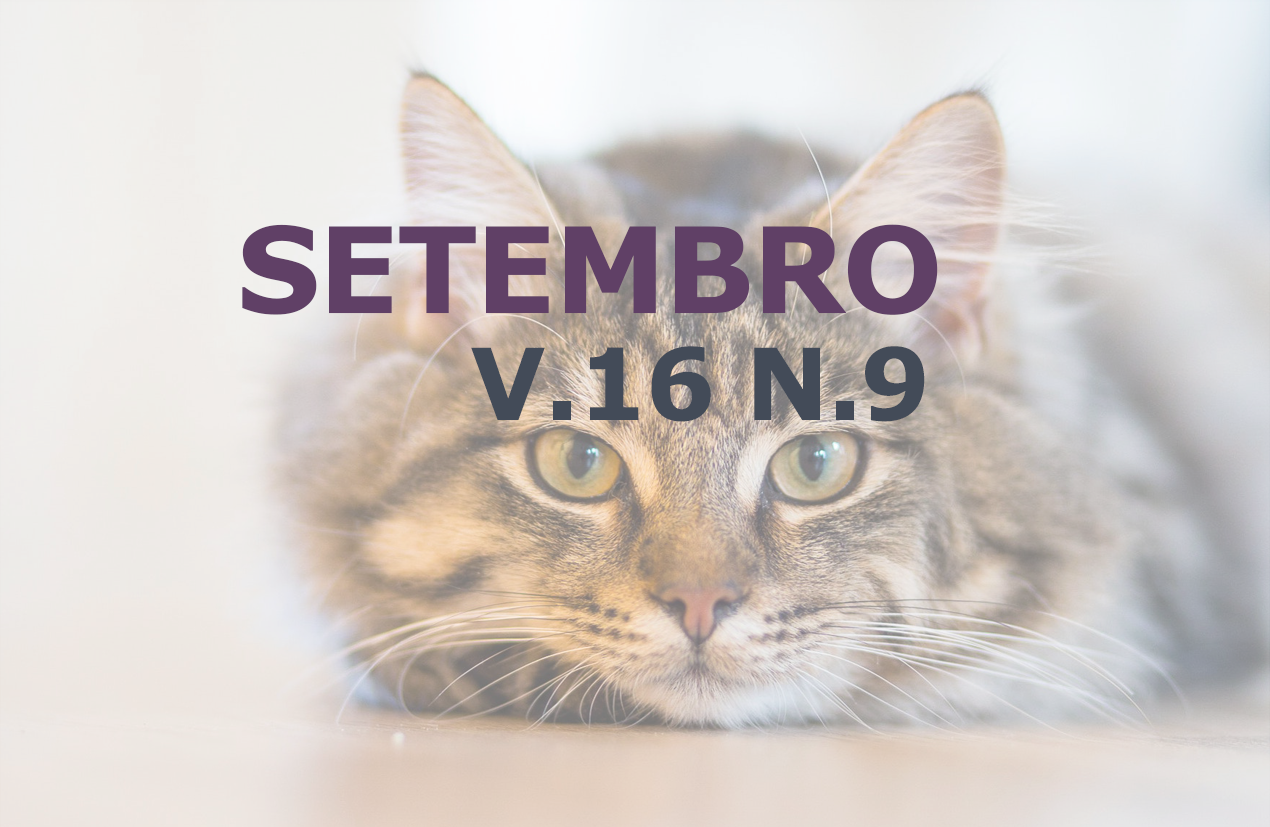Presence of fungi in pet food sold in Seropédica, Rio de Janeiro, Brazil
DOI:
https://doi.org/10.31533/pubvet.v16n09a1204.1-6Keywords:
Animal feed, contamination, mycotoxins, microorganismAbstract
In the present work, the objective was to evaluate the presence of mycotoxigenic fungi in feed intended for the feeding of companion animals. To that end, 20 commercial samples were evaluated in Seropédica county, located in Baixada Fluminense region (Rio de Janeiro). They were macerated, homogenized, diluted and seeded in different culture media and were incubated for 5-7 days at 25° C in microbiological green houses. At the end of the experiment, all samples showed fungal growth, with counts ranging from 100 UFC/g to 90000 UFC/g. It was possible to identify the presence of Aspergillus niger, A. ochraceus, A. fumigatus, A. terreus and Penicillium citrinum, species with high toxicity potential. Fungi are organisms present everywhere and are therefore important contaminants in tissues, foods, beverages and even medicines. Among the easily contaminated foods is pet food, especially pellets sold in bulk. The introduction of these microorganisms and their possible metabolites as mycotoxins in the diet of animals may occur due to the use of feed with already contaminated grains or due to storage under inadequate temperature and humidity. Considering the effects that fungi and mycotoxins can cause to the health of animals, studies aimed at evaluating the mycological and mycotoxicological risk of feed intended for feeding pet animals are of great importance in this context, as part of a continuous monitoring of these types of contaminants in the animal feed.
Downloads
Published
Issue
Section
License
Copyright (c) 2022 Ana Beatriz da Silva Conceição, Louise Gabriela da Silva Conceição, Jhon Lennon Genovez de Oliveira, Isabella Souza Milione do Amaral, Mário Mendes Bonci, Águida Aparecida de Oliveira

This work is licensed under a Creative Commons Attribution 4.0 International License.
Você tem o direito de:
Compartilhar — copiar e redistribuir o material em qualquer suporte ou formato
Adaptar — remixar, transformar, e criar a partir do material para qualquer fim, mesmo que comercial.
O licenciante não pode revogar estes direitos desde que você respeite os termos da licença. De acordo com os termos seguintes:
Atribuição
— Você deve dar o crédito apropriado, prover um link para a licença e indicar se mudanças foram feitas. Você deve fazê-lo em qualquer circunstância razoável, mas de nenhuma maneira que sugira que o licenciante apoia você ou o seu uso. Sem restrições adicionais
— Você não pode aplicar termos jurídicos ou medidas de caráter tecnológico que restrinjam legalmente outros de fazerem algo que a licença permita.





